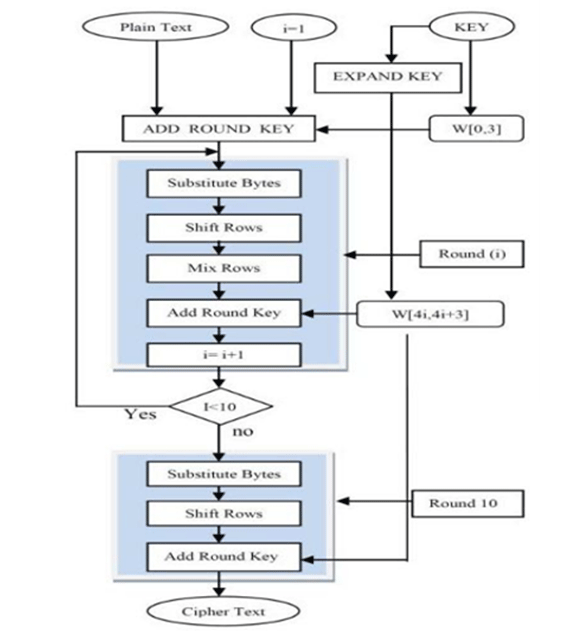
POP3 PASSWORD2 DECRYPT PASSWORD
If I need only the password, I simply retrieve the Password property as shown here.

PS C:\> $credential.GetNetworkCredential() | fl * So, I pipe the NetworkCredential object to the Format-List cmdlet and the following appears. I see the password has a SecureString for the SecurePassword property, but there is also the Password property that is a plain string. GetObjectData Method void GetObjectData(… GetNetworkCredential Method GetNetworkCredential() TypeName: Įquals Method bool Equals(System.Object obj) Luckily, I can use the Get-Member cmdlet to look at the members of a PSCredential object.
POP3 PASSWORD2 DECRYPT HOW TO
NET classes know how to deal with a PSCredential object, so when it comes to connecting to legacy databases and things like websites and FTP sites, there is little hope of being able to use the object directly. In itself, this is not an issue, but it does mean that I can only use the credential object for cmdlets and for other items that know what a PSCredential object is. The problem with the Get-Credential cmdlet is that it returns a PSCredential object. The box is already set up to use, with a user name on the top, and it masks the password in the bottom box. When I run this command, a dialog box appears. (I do not have to do so, because I can use it directly if I need to, but it is more flexible to store it in a variable.) Here is the command. To use the Get-Credential cmdlet, I generally store the resulting credential object in a variable. If I need credentials, I do not need to mess around writing HTAs, creating various WinForms to prompt for a user name and password, or worry about how to mask the password-all of which were problems before Windows PowerShell and the Get-Credential cmdlet. It is already set up to work and therefore, it is easy to use. I love using the Get-Credential cmdlet to retrieve a credential object. Note What I am showing here today is exactly by design, and is not a hack. Although you did not include a link to the complicated versions of the scripts and functions you ran across, I will venture to say that my method should be relatively painless.

As I look over my email, I ran across your question. I love the way the two flavors complement each other. Today I am sitting here drinking a cup of Earl Grey tea with a pinch of lavender in it.

Microsoft Scripting Guy, Ed Wilson, is here. I found a few scripts and functions on the Internet that will decrypt the secure string password from a Windows PowerShell credential object, but they all seem really complicated.
POP3 PASSWORD2 DECRYPT DOWNLOAD
I need an easy way to get a credential and use that credential with the FTP site so that I can download a file that changes on a daily basis. Hey, Scripting Guy! We have an FTP site that I have to use on a regular basis. Summary: Microsoft Scripting Guy, Ed Wilson, shows how to easily decrypt the Windows PowerShell secure string password.


 0 kommentar(er)
0 kommentar(er)
